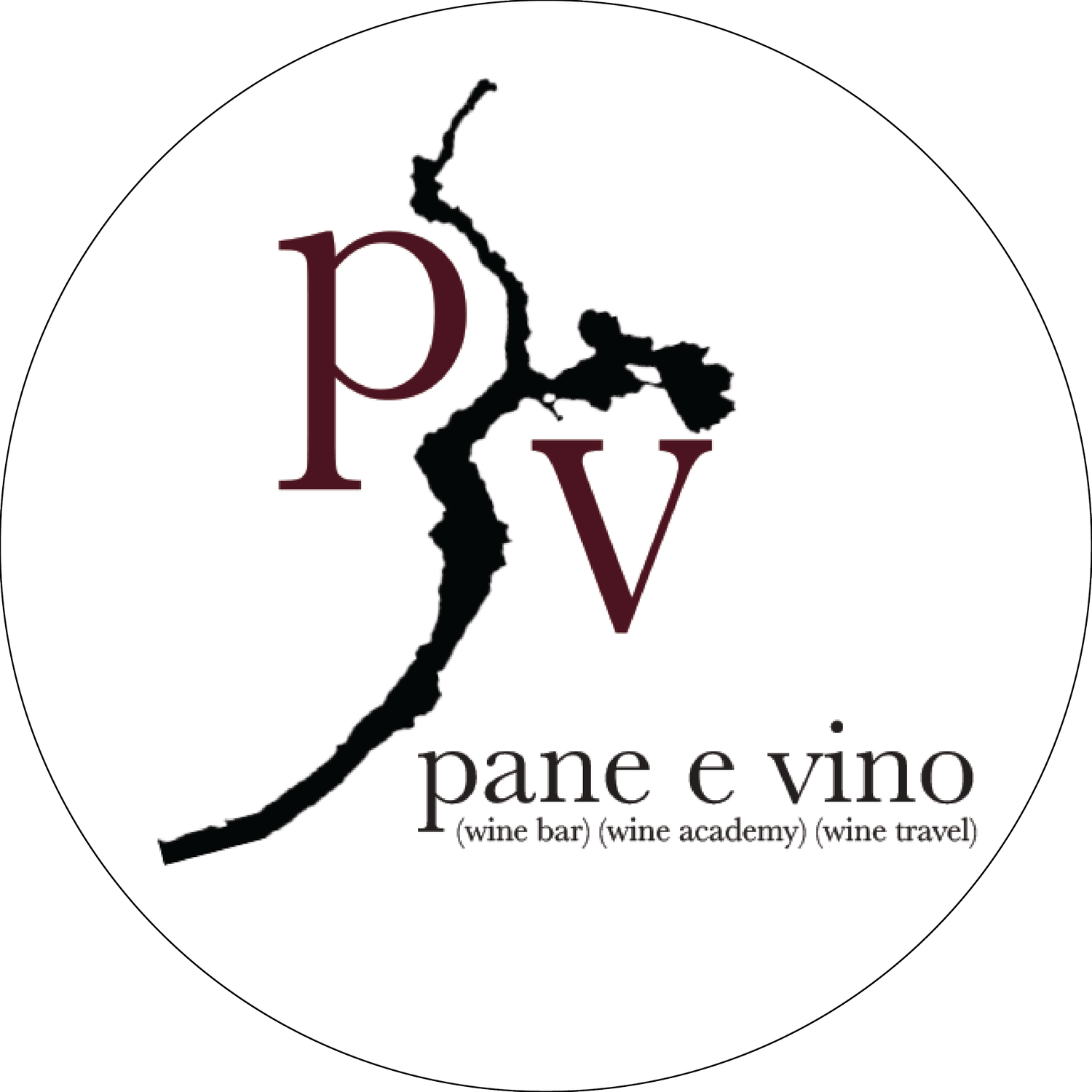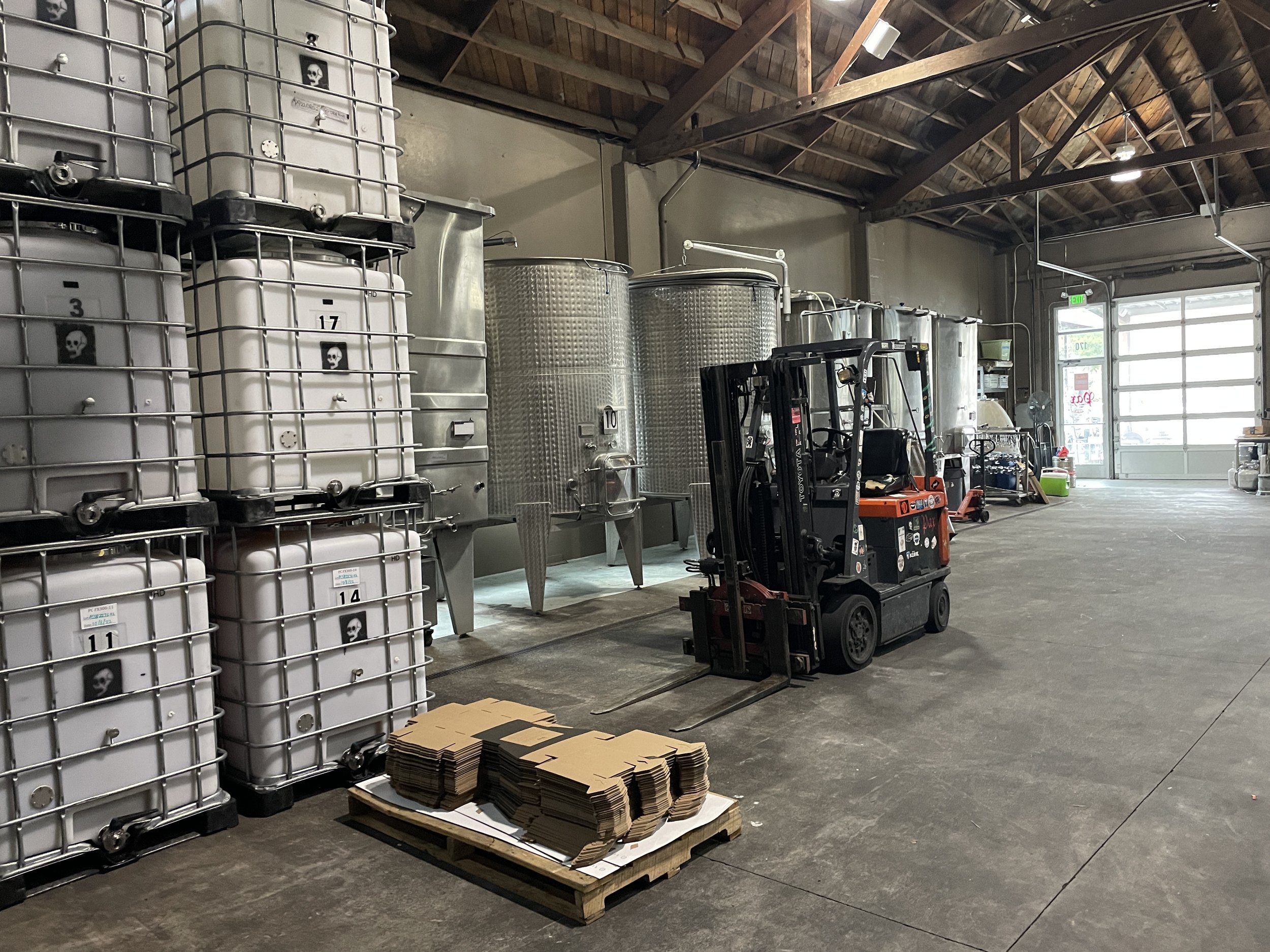December Wine Club
Wine Club, December 2022
Pax, 2021 Lyman Ranch Chenin Blanc, Amador County, CA
Poliziano, 2019 Vino Nobile di Montepulciano, Tuscany, Italy
Aldo Conterno, 2018 Barolo ‘Bussia’, Piemonte, Italy
WINES
2021 Pax, Lyman Ranch Chenin Blanc, Amador County, CA
2019 Poliziano, Vino Nobile di Montepulciano, Tuscany, Italy
2018 Aldo Conterno, Barolo ‘Bussia’, Piemonte, Italy
PAX
2021 Lyman Ranch Chenin Blanc, Amador County, CA
Chenin Blanc (100%)
Pax Mahle has been producing some of the most well-crafted and thoughtful wines in California for over two decades. His eponymous winery in Sebastopol has become one of America’s most celebrated homes for Northern-Rhône-style Syrah, and his work with grapes ranging from Chenin Blanc, to Gamay, to Trousseau have produced some of the most interesting and exciting wines I have enjoyed over the last two years. There is a certain lack of pretension to all of Pax’s wines. The winery itself is a warehouse that is actually a cooperative. About 5 different winemakers use the site to age and produce wines, all in a similar natural style. Grapes tend to be harvested slightly underripe to preserve acidity and keep alcohol levels lower. Fermentations and winemaking are all natural on native yeasts and the vineyards are tended organically. His Chenin Blancs are bright, racy, and filled with a charm that is sure to leave a smile!
Grown in red granitic soils at 1400’within Amador County, this warm mountainous site grows a unique expression of Chenin Blanc. The ferrous soils and exposure ripen these thick-skinned golden grapes quickly and with loads of tropical fruit. The cold foothill nights help the grapes retain their acidity and freshness and we pick early to balance the tropical fruit flavors with all that fresh alpine acidity. Apple, stone fruits, pear, and citrus fill the bouquet and the palate. A long finish and delightful opportunities to age (but why wait!)
Serve chilled (48º)
Drink: now-2026
Food pairings: Salads with goat cheese/fruit, fish, roast chicken, soft cheeses.
POLIZIANO
2019 Vino Nobile di Montepulciano, Tuscany, Italy
Prugnolo Gentile (85-95%%) - Colorino/Canaiolo/Merlot (5%-15%)
Montepulciano is one of the most staggeringly exciting hill towns in all of Tuscany. Walking through its ancient arched gate leads up a steep and narrow road lined with shops holding some of the most beautiful wines, charcuterie, art, and leather products in the world. When you enter the top of the town, you are surrounded by a magnificent clock tower, the unfinished edifice of the ancient duomo, and beautiful music from the local conservatory. There are often a handful of Ferraris parked there to stare at as well! Poliziano is one of the oldest and among my very favorite wineries in the region. Still a family-owned estate, they make a range of wines including their classic Vino Nobile di Montepulciano along with several Super-Tuscans and a reserve Vino Nobile called ‘Asinone’. Vino Nobile di Montepulciano is the regions answer to Brunello di Montalcino and Chianti Classico. Based on the Sangiovese grape (called Prugnolo Gentile in Montepulciano), the wines are aged 12-18 months in oak (traditionally larger barrels or used oak), and released to market. They tend to drink beautifully anytime during their first 8 years, but have wonderful potential for aging in great vintages—especially the riservas.
This is classic Sangiovese with beautiful aromas of cedar spice, cherry, plums, and herbs, bright acidity, and ripe, juicy fruit on the palate. Absolutely delicious by itself, or enjoy it with anything from burgers to pizza, steaks, fish, cheese, or any number of pasta dishes. This is a wine for pure enjoyment!
Serve at 60º
Drink: now-2030
ALDO CONTERNO
2018 Barolo ‘Bussia’, Piemonte, Italy
Nebbiolo (100%)
Aldo Conterno is among the greatest of the traditional Barolo producers. Their magnificent estate in Monforte d’Alba overlooks the prized single vineyard cru called Bussia. Among the largest crus in Barolo, this vineyard site sits on a bed of clay and calcareous soil that is particularly rich in iron. The wines here can be incredibly powerful and have extremely long aging potential. In a vineyard of Bussia’s size, there are a number of variations in quality. Being one of the oldest producers here, Conterno’s vines are located in the very best sub-sections of the Bussia Cru. In the map below, you will see that there are many sub-crus located inside the larger Bussia. Among these are the Granbussia, Bussia Soprano, Colonnelo, Cicala, and Romirasco, all located in the corner of the vineyard, at the point where the most intense soils come together, and having perfect south/southwest exposure. Conterno makes small bottling from each of the five mentioned sub-crus, but also makes a ‘traditional’ Barolo which uses grapes from each of the 5 subcrus and is called simply ‘Bussia’. This is still a single vineyard cru, but takes the best bits from all of these slightly smaller vineyard areas. Traditional barolos were always made blending vineyards from around the region into a single wine. The single vineyard movement did not begin until the 1970s. Conterno’s use of smaller vineyards inside the larger area remains traditional in the fact that all of his vines are located in this one magical spot!
Following harvest, the grapes are fermented for nearly 30 days in stainless steel before aging in large Slavonian oak barrels for 26 months and another year in bottle at the estate before release. This is beautiful fruit from a gorgeous vintage. Barolo is a wine for patient people. It is extremely powerful with big tannins and powerful acidity—among the reasons for its incredible longevity. On tasting, I was blown away by the depth of flavor in this wine even in its youth. While it is truly delicious now, you will be rewarded by waiting another few years to enjoy this bottle (or come in and buy a second bottle to hold onto!). Rich plums, figs, and dark cherries mingle with aromas of sweet tobacco, roses, and wet asphalt. The tannins coat your mouth and are absorbed by the acid as the wine pulses through the palate and down your throat. The lingering flavors last for many seconds and make your eyes roll back in your head as you contemplate how lucky you are to enjoy wines this beautiful.
Serve at 60ºF. The wine will open up beautiful over several hours in the bottle or in the glass.
Drink: 2025-2040.
Food pairings: Braised beef, roast duck, lamb, pepper-crusted ribeye, cheese, mushroom/truffles, pastas with hearty ragú or even rich cream sauces.


























